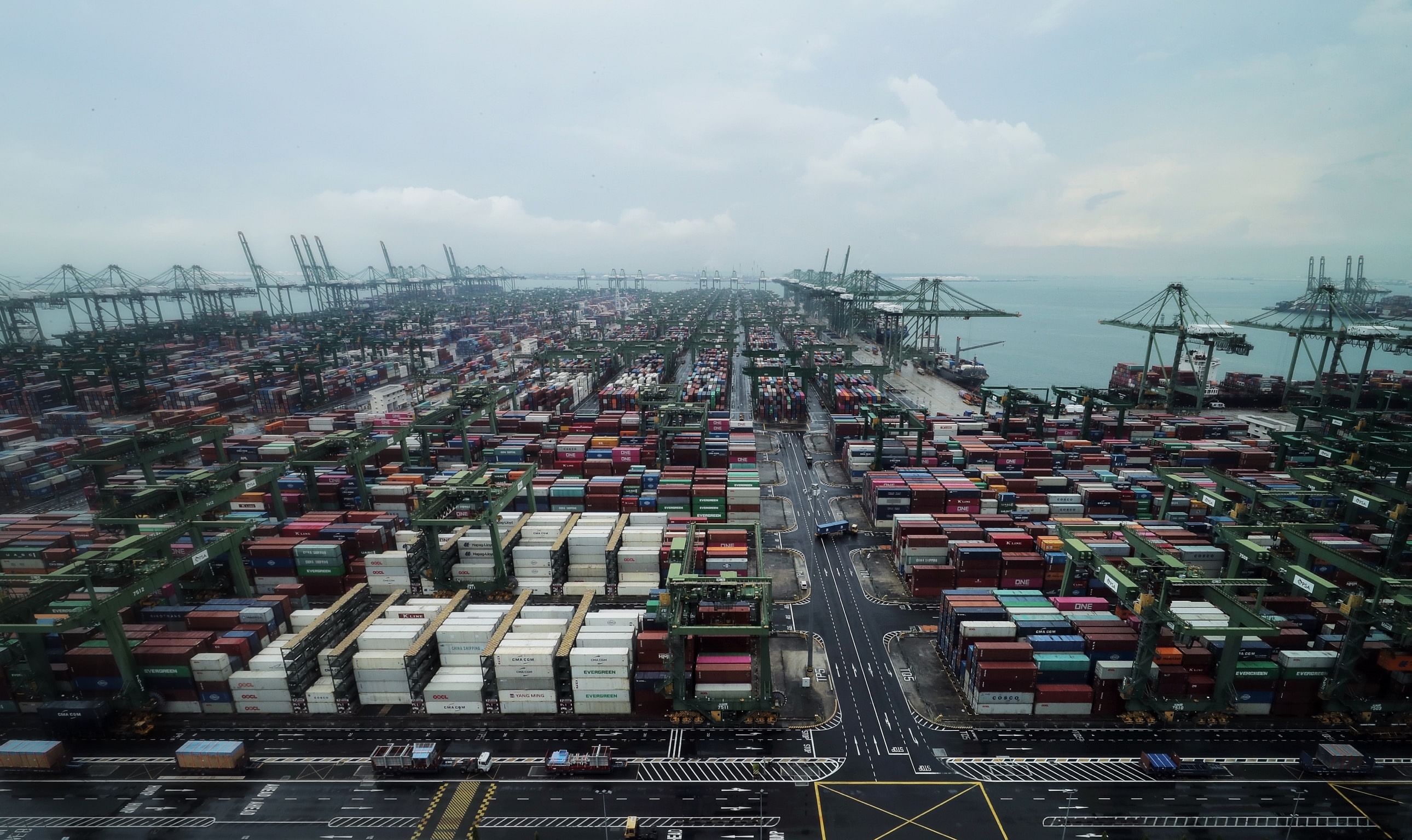Singapore: Covid-19 curbs dampen hopes of second-quarter GDP spurt, cloud outlook for full-year growth
SINGAPORE – Singapore’s economic growth may decline in the April to June period compared with the previous quarter because of the recently reimposed coronavirus curbs, putting at risk the full-year target of more than 6 per cent.
However, if the surge in community cases is contained by the middle of next month and relaxation of the curbs follows, the economy may still achieve a decent gross domestic product (GDP) growth.
The second-quarter expansion was expected to be the biggest in the four quarters of this year, helped by the low base effect from last year’s record contraction in the April-June period.
Singapore started the year on a strong footing – after two quarters of a healthy recovery.
In March, almost everything from auto and retail sales, to dining out and industrial production, grew at a robust pace, while exports hit a record high. The labour market was picking up, business confidence was on the rise, and company earnings were on the mend.
Encouraged by the numbers, the Monetary Authority of Singapore (MAS) said last month that GDP growth may exceed the upper end of the official 4 per cent to 6 per cent forecast range, barring a setback to the global economy.
But this is unlikely now.
“Given the latest policy announcements of tightening restrictions, maybe 5 to 6 per cent would be a more realistic range for now,” said Ms Selena Ling, chief economist and head of treasury research and strategy at OCBC Bank.
Parts of the global economy are chugging along nicely, with the two biggest economies – the United States and China – hitting supply constraints, pushing commodity prices up and raising fears of inflation as if they are heading for a boom.
But elsewhere, things have turned grim.
Amid concerns about another surge in cases in South Asia and parts of South-East Asia, a more virulent variant of the virus took governments by surprise, even those like Singapore’s and Taiwan’s that have managed the health crisis better than most.
“Singapore had the makings of domestic and external demand complementing each other through April, but May and June would be setbacks, which may well cause a quarter-on-quarter decline in activities,” said DBS Bank chief economist Taimur Baig.
He believes Singapore’s second-quarter outcomes may look like what happened in Japan.
Japan’s first-quarter GDP is estimated to have contracted by a seasonally adjusted 2 per cent quarter on quarter, as domestic demand deteriorated with a resurgence of Covid-19, fully offsetting the recovery in exports, he said.
However, Singapore’s disappointing export data for last month published on Monday may herald a reassessment of the strength of the external sector.
Last month’s non-oil domestic exports growth of 6 per cent year on year was lower than the revised 11.9 per cent expansion recorded in March, and also below the 11.5 per cent growth forecast by analysts polled by Bloomberg.
While the year-on-year growth was still the fifth in a row, the 8.8 per cent month-on-month seasonally adjusted fall was the first negative reading in six months.
Mr Prakash Sakpal, senior economist for Asia at ING, said: “The latest Nodx slowdown squares with still weak external demand in Singapore’s main export markets.”

Exports to the US dropped by 42 per cent, to Europe by 30 per cent, and to Japan by 33 per cent.
The health of external demand is crucial for Singapore’s manufacturing sector that has led the recovery so far, followed by the financial and the communications sectors.
Said Mr Eric Chiang, associate economist at Moody’s Analytics: “April’s trade data could well mark a turning point, as new outbreaks across Asia are expected to dampen consumption.”
Given the confluence of negative factors for both domestic and external sectors, the Government’s fiscal latitude appears to be the last line of defence for the economy. The MAS has already committed to maintaining an easing bias in monetary policy to boost economic recovery.
Some support measures were immediately announced, including the extension of the Jobs Support Scheme to the worst-hit food and beverage sector. Whether more help is forthcoming may depend on the course of the pandemic in the coming weeks.
Analysts said that as the global and domestic situation is quite fluid, it would be difficult to quantify the support that may come.
“The government support measures would go some way to mitigate the potential fallout on domestic confidence and consumption. But the policy support is a salve, not a panacea,” said Ms Ling.
“Key to watch would be the labour market, whether retrenchments and the unemployment rate creep higher again,” she added.
Mr Baig said Singapore’s imperative now is to vaccinate the wider population as soon as possible, as vaccinated individuals are extremely unlikely to suffer from severe illness or fatality.
Source: https://www.straitstimes.com/singapore/covid-19-curbs-dampen-hopes-of-second-quarter-gdp-spurt-cloud-outlook-for-full-year-growth


 Thailand
Thailand




